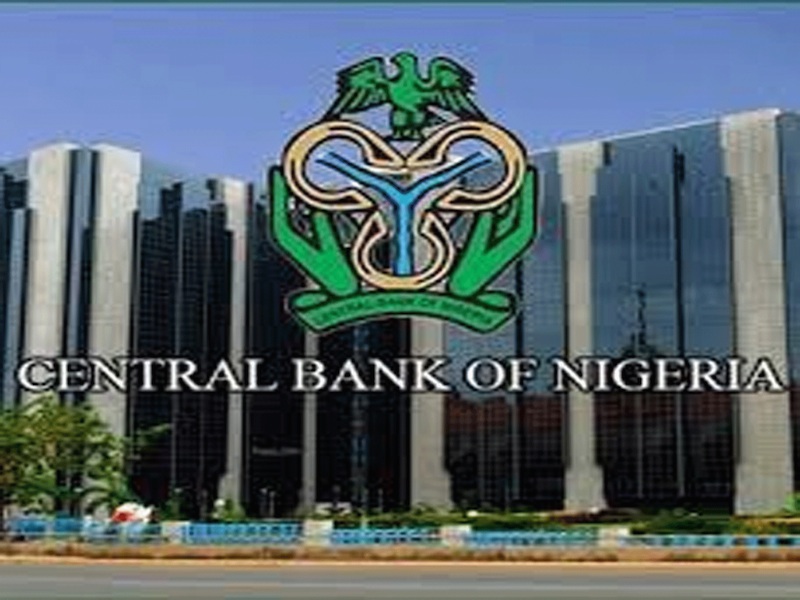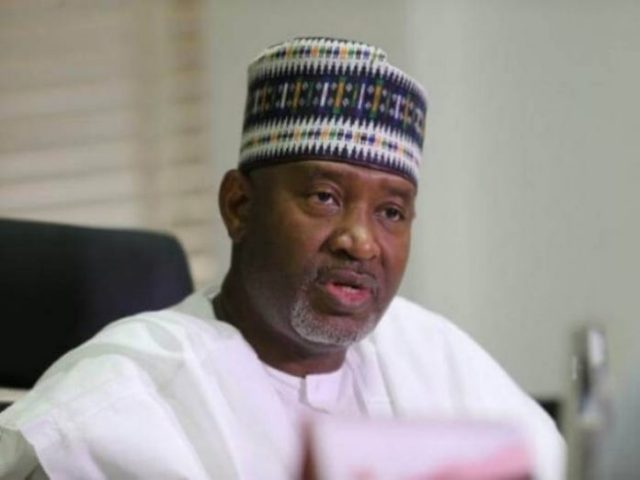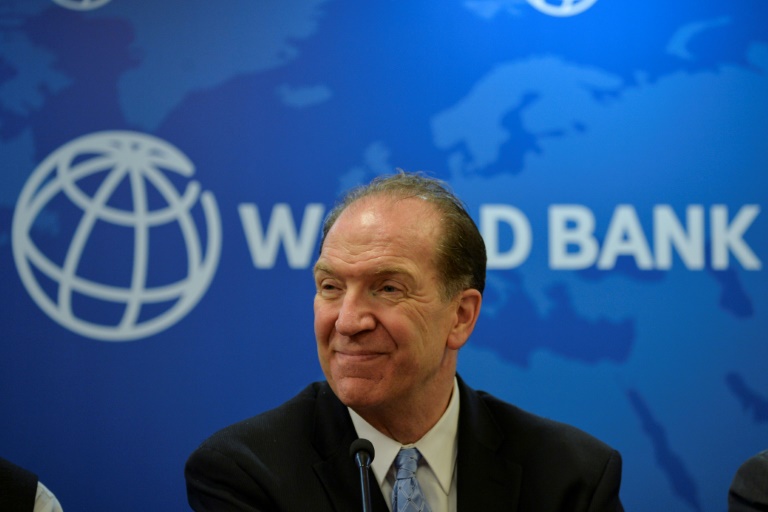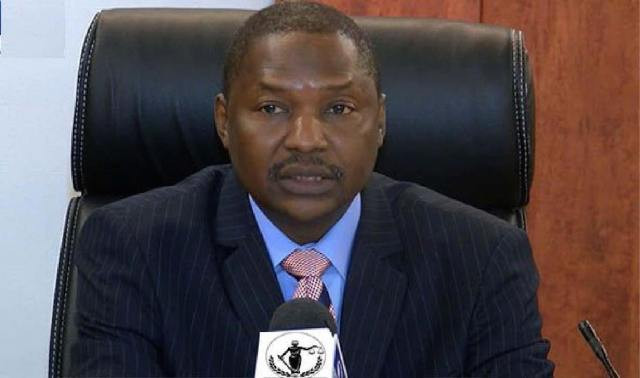Nigeria’s deposit money banks (DMBs) have parked more than N1.6 trillion in excess liquidity at the Central Bank of Nigeria (CBN) through its Standing Deposit Facility (SDF), underscoring the banking sector’s cautious stance amid a high-liquidity environment.
Gatekeepers News reports that fresh data from the CBN’s daily money market reports show that between October 14 and 17, 2025, banks consistently placed huge sums in the SDF, culminating in N1.61 trillion on Friday, October 17, up from N1.45 trillion on October 15.
Earlier in the week, placements stood at N1.48 trillion on October 14, continuing the upward trend that began in early October.
The surge in deposits came as the overnight lending rate—CBN’s Standing Lending Facility (SLF) rate—stood at 24.88% on October 16, according to FMDQ market data. The attractive yield encouraged banks to park idle funds with the apex bank for risk-free returns, a pattern that persisted through the week despite minor day-to-day fluctuations in system liquidity.
OMO Repayments Drive Liquidity Surge
A major factor behind the liquidity buildup was the N481.33 billion in Open Market Operation (OMO) repayments on October 14, which injected fresh funds into the financial system.
However, the absence of new OMO issuances or primary market sales afterward suggests a deliberate CBN strategy to balance liquidity without heavy intervention.
Uneven Liquidity Distribution Among Banks
Despite the massive SDF placements, opening balances in the banking system declined sharply over the review period, reflecting uneven liquidity distribution.
Data show that opening balances fell from N150.72 billion on October 16 to N97.45 billion on October 17, representing a 35.3% drop. Similarly, balances plunged from N472.75 billion on October 13 to N196.01 billion on October 14, a 58.5% decline.
The figures indicate that while a few large banks hold substantial reserves, others are facing intermittent funding pressures.
Meanwhile, the Standing Lending Facility (SLF)—which allows banks to borrow short-term from the CBN—remained largely inactive during the week, with only N500 million recorded on October 14.
The Primary Market Repayment of government securities rose sharply from N358.74 million on October 16 to N92.89 billion on October 17, reflecting the settlement of maturing instruments.
Notably, there were no repo, reverse repo, or rediscounted bill transactions during the period, indicating muted interbank activity and a cautious lending approach across the financial system.
Analysts Warn of Weak Credit Transmission
The continued rise in SDF placements highlights a high-liquidity yet risk-averse posture in Nigeria’s banking sector.
As of October 17, over N1.6 trillion sat idle at the CBN, signaling banks’ preference for safe, short-term instruments over private-sector lending amid policy tightening and exchange rate volatility.
Analysts warn that while abundant liquidity provides short-term stability, it also underscores the weak transmission of funds to productive sectors.
“The preference for risk-free deposits over lending to businesses could dampen credit expansion and slow economic recovery if sustained,” one analyst noted.
Market observers say that the CBN’s approach to managing liquidity—through measured OMO interventions and elevated rates—reflects cautious optimism as monetary authorities balance inflation control with growth objectives.







